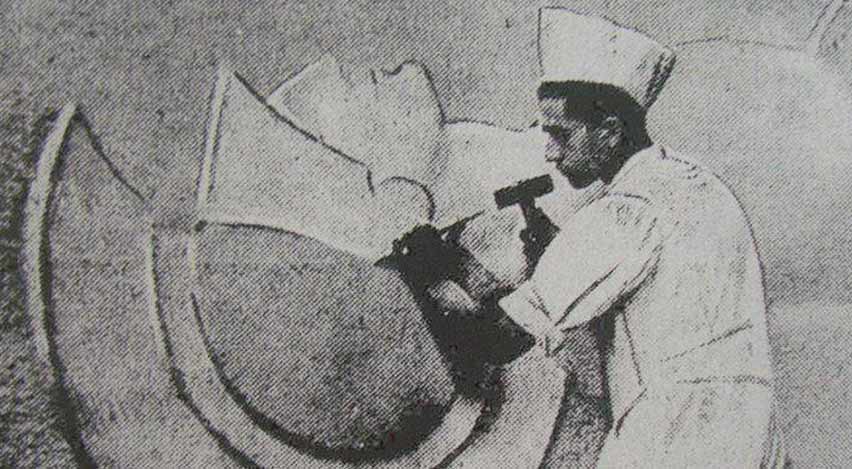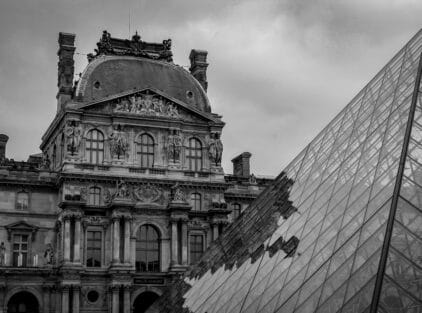by Christos Zabounis
After the end of World War I, the idea of creating monuments in honor of the anonymous soldiers who fell for their country emerged in several European nations. In Greece, its construction was delayed due to various controversies — among them, the choice of location in front of the Parliament building (the former Royal Palace) during the period without a monarchy. Some at the time argued that it should be placed near a church or cemetery, while others considered the depiction of the fallen soldier “too modern” or “too nude” for a public space. Eventually, it was inaugurated on March 25, 1932, and almost a century later, it has become once again the subject of debate. The reason: the recent sit-in of Panos Routsis, father of a victim of the Tempi railway disaster, who staged a hunger strike in front of the monument. Beyond the understandable solidarity of citizens and politicians seeking justice — which remains the core demand, regardless of issues such as exhumation or toxicological reports — strong reactions arose against what some described as the “tent-like occupation” of a sacred site. It is not the first time the Tomb of the Unknown Soldier has been “violated” during periods of political or social tension. The quotation marks are used here to distinguish this case from others involving Molotov cocktails or paint attacks. In the present instance, there exists a deeper connection: Death. The soldier is dead — and so is Routsis’ child. Thus, the sacred symbol becomes linked, in this way, with the grieving parent as a space of remembrance, even if, under normal circumstances, the monument should stand as a symbol of national unity. Political exploitation, however, has once again turned it into a symbol of national division.













